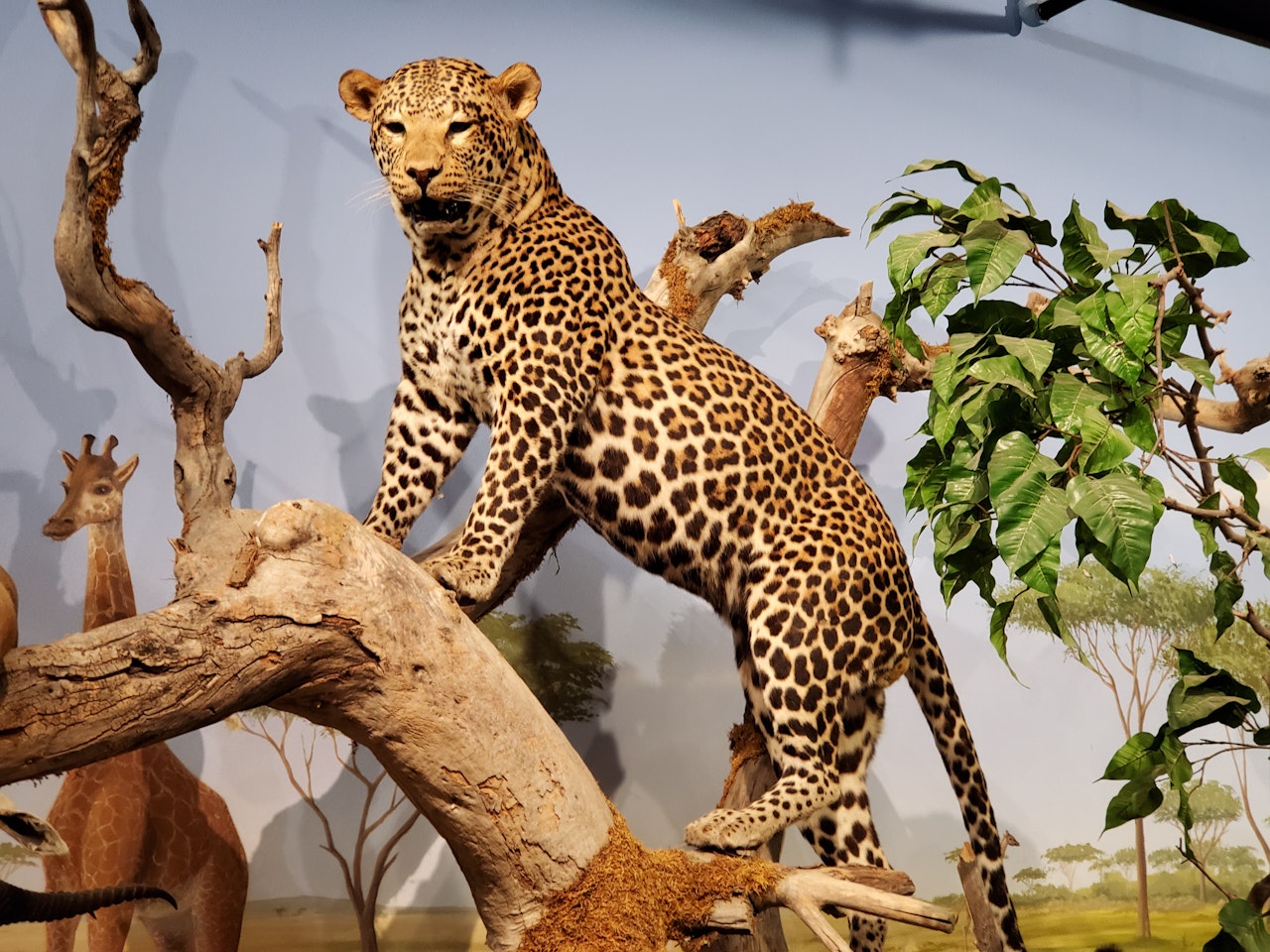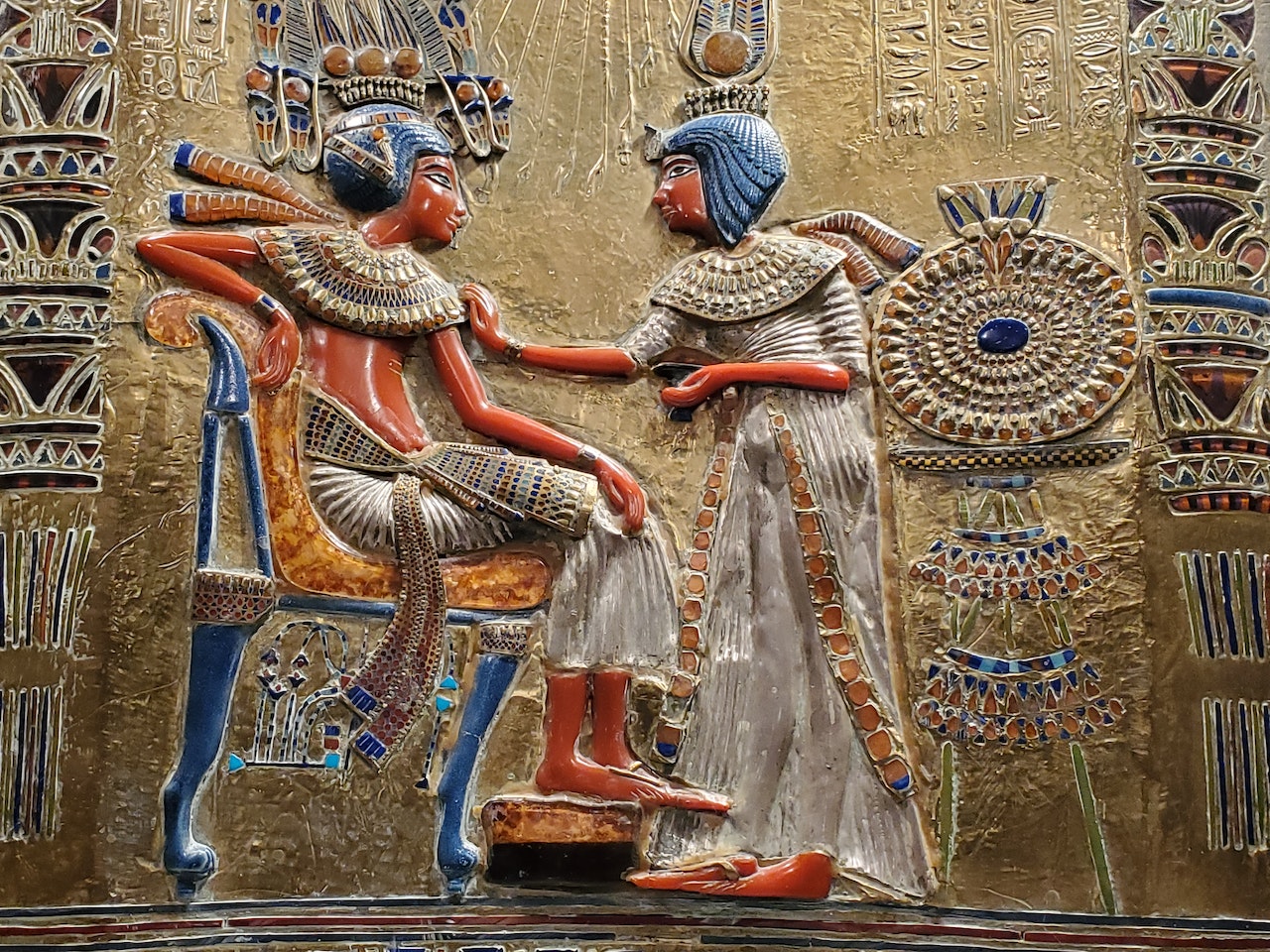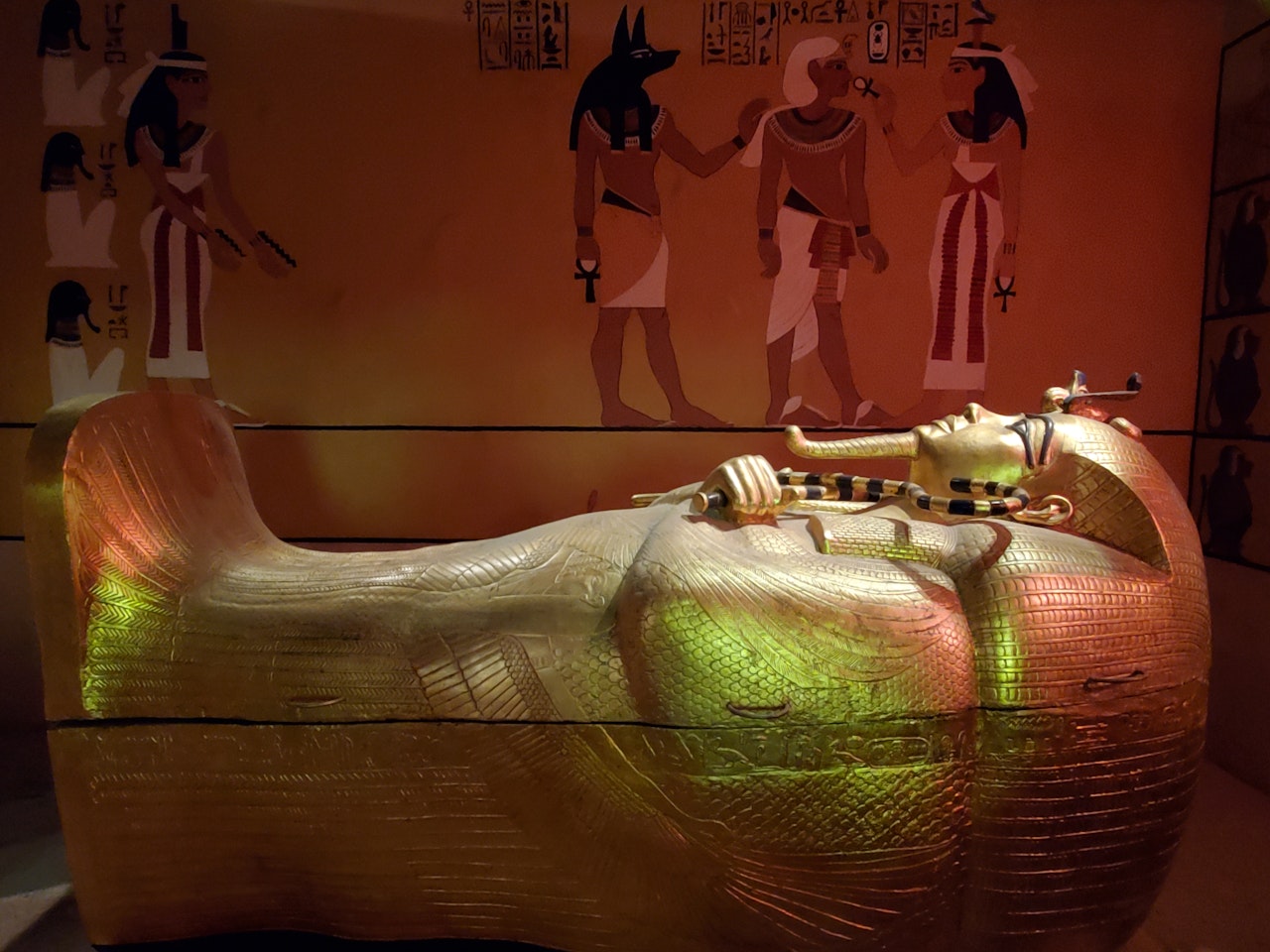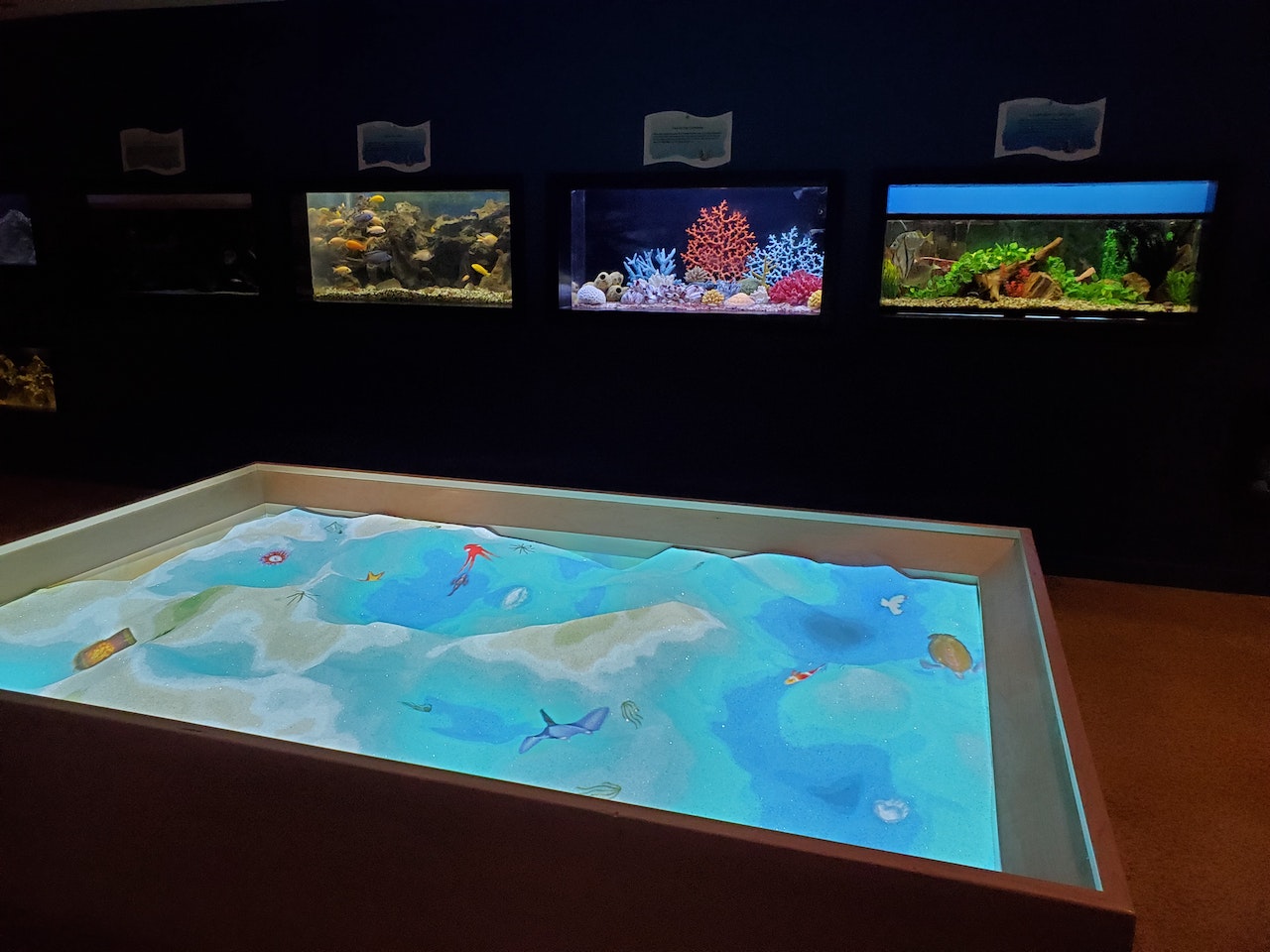More about Las Vegas Natural History Museum
Plan Your Visit to the Las Vegas Natural History Museum
The Las Vegas Natural History Museum offers an exciting journey through the natural world, from prehistoric dinosaurs to the wonders of the African savanna. With captivating exhibits and educational programs, it's a must-visit destination for families, students, and anyone curious about science and nature.
What Is the Las Vegas Natural History Museum?
The Las Vegas Natural History Museum is a non-profit museum dedicated to educating the public about natural history. It features a wide range of exhibits, including dinosaur skeletons, wildlife displays, and a marine life gallery, providing an engaging and informative experience for visitors of all ages.
Where Is the Las Vegas Natural History Museum Located?
The Las Vegas Natural History Museum is located at 900 Las Vegas Blvd N, Las Vegas, NV 89101. It's situated in downtown Las Vegas, easily accessible from various parts of the city.
Public Transportation: Several bus routes serve the area around the museum. Check the RTC Southern Nevada (Regional Transportation Commission of Southern Nevada) website for the most up-to-date bus schedules and routes that stop near Las Vegas Boulevard North and Washington Avenue.
By Car: The museum is easily accessible by car. From I-15, take the Charleston Boulevard exit and head east. Turn left onto Las Vegas Boulevard North. The museum will be on your right. On-site parking is available.
For a seamless trip, visitors can plan their entire journey from flights, hotels, buy Las Vegas Natural History Museum tickets to local transport like car rentals or airport transfers using Traveloka, Southeast Asia’s leading travel platform.
What Is the Best Time to Visit the Las Vegas Natural History Museum?
Best Day: Weekdays are generally less crowded than weekends, offering a more relaxed and intimate experience.
Best Time of Day: Arriving in the morning, shortly after the museum opens, allows you to explore the exhibits before the crowds arrive. The museum tends to be busier in the afternoon.
What Are the Top Things to Do at the Las Vegas Natural History Museum?
Dinosaur Gallery:
Explore the prehistoric world with impressive dinosaur skeletons and exhibits.
Marine Life Gallery:
Discover the wonders of the ocean with displays of sharks, rays, and other marine creatures.
African Savanna:
Experience the wildlife of the African savanna, featuring lions, zebras, and other iconic animals.
International Wildlife Gallery:
See animals from around the world, including mammals, birds, and reptiles.
Geology Gallery:
Learn about the Earth's geological history and see a variety of rocks and minerals.
Insider Tips for the Las Vegas Natural History Museum That Most People Don't Know
- Visit during off-peak hours: Arrive early in the morning or later in the afternoon to avoid the largest crowds.
- Check for special events: The museum often hosts special events, workshops, and lectures. Check the museum's website for the schedule.
- Don't miss the gift shop: The gift shop offers a variety of unique souvenirs, educational toys, and books related to natural history.
- Take your time: Allow ample time to explore all the exhibits. There's a lot to see and learn!
How to Prepare for Your Visit to the Las Vegas Natural History Museum
For Solo Visitors
Take advantage of the self-guided tours and explore the exhibits at your own pace. Read the exhibit descriptions carefully to learn as much as possible.
For Couples
Enjoy a leisurely stroll through the museum, discussing your favorite exhibits and sharing your thoughts on the natural world. Take photos to remember your visit.
For Families with Kids
Plan your visit around the kids' interests. Focus on the exhibits that are most likely to capture their attention, such as the Dinosaur Gallery or the Marine Life Gallery. Consider bringing snacks and drinks to keep them happy and energized.
How to Prepare for the Weather While Visiting the Las Vegas Natural History Museum
For a Hot, Sunny Day
The museum is indoors, so the temperature is controlled. However, if you plan to walk or take public transportation, wear light, comfortable clothing and sunscreen. Bring a water bottle to stay hydrated.
In Case of Rain
The museum is entirely indoors, so rain won't affect your visit. Bring an umbrella or raincoat if you're walking or taking public transportation.








 Facebook
Facebook Instagram
Instagram Youtube
Youtube
